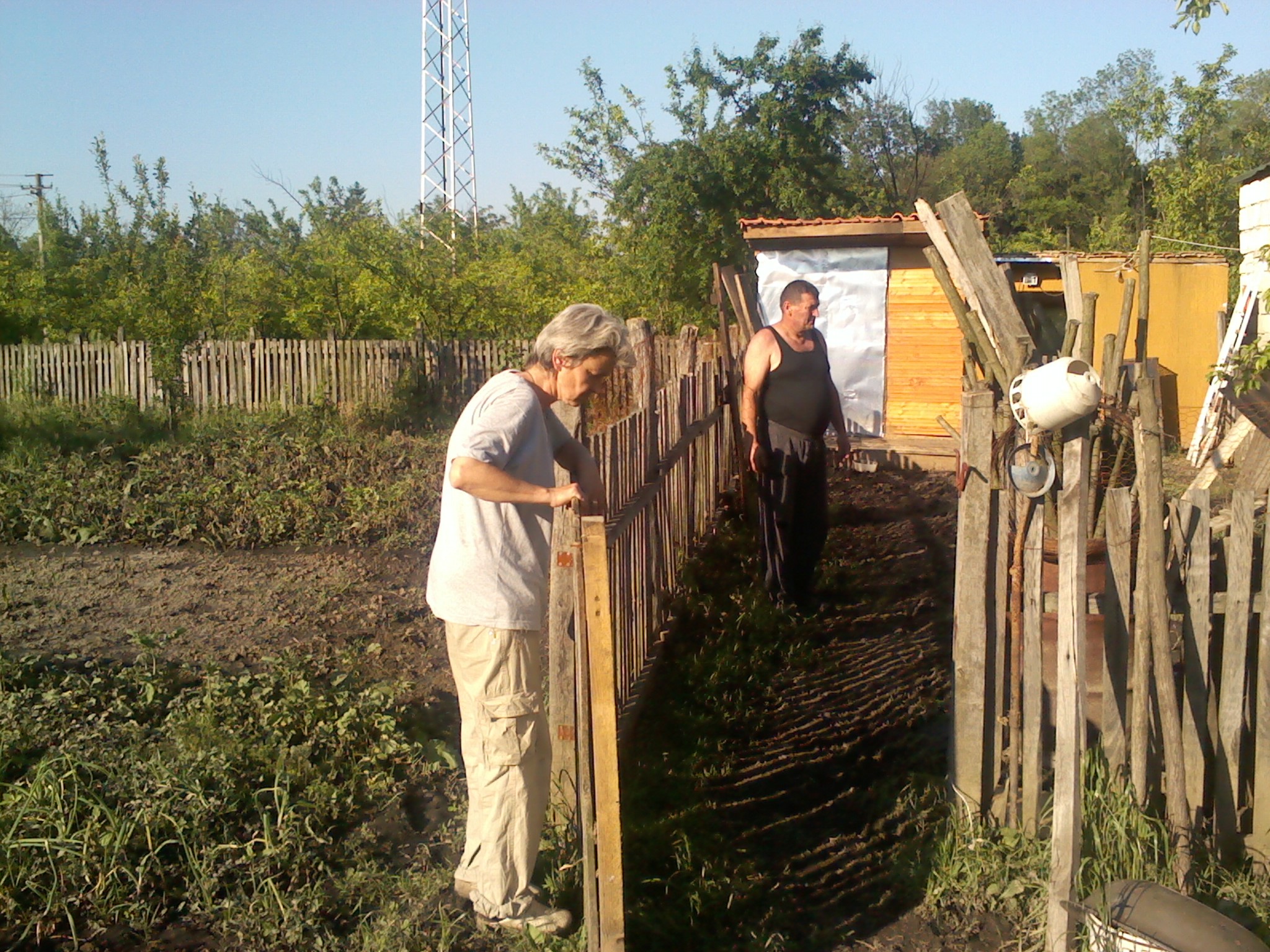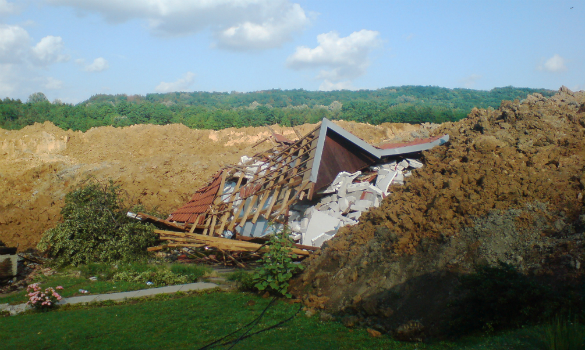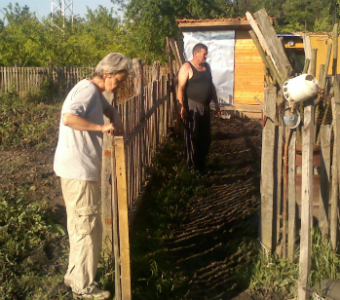When the floods hit Vreoci in Serbia on May 15, a nearby water reservoir broke and water rushed into the house of Nevena Radivojevic at 2 in the night. A rescue team came with boats and took away her grandchildren and her daughters in law, but there was no place for her in the boat. In the end her son, a hobby fisherman, came with a boat and managed to save her. It was a lucky escape.
Vreoci is a town surrounded by open pit lignite mine fields in the Kolubara mining basin in Serbia. Nevena, like many others, had tried for a long time to move away from the vicinity of the gigantic Kolubara lignite mine. The dusty air and the frequent tremors caused by the heavy mining machinery have for a long time been a burden on her and her family’s health. (See more in this video footage from an earlier visit to Vreoci.)
Yet, the Kolubara mining company has shown no interest in compensating Nevena and many other people living next to the mines. Without this support most people were forced to stay where they are and suffer under noise, air and water pollution.
I’m a regular visitor in Kolubara and when I went there after the floods, I spoke to people in three villages located near mine fields (Junkovac, Vreoci and Radljevo). Many of them said that the flood’s impacts were much worse for those living near the mine, especially where the waters and mud mixed with pollution from the mine.

The soil is covered with black mud because the water mixed with coal.
People are taking their furniture out to dry in the sun. They help each other clean up.
The people demand to be resettled as soon as possible, but now that the Kolubara mining company has to prioritise cleaning up the mine fields and increasing production again it is very unlikely it will help the local families without external pressure. For years already we have been requesting the European Bank for Reconstruction and Development (a long time financier of Kolubara) to get active in the resettlement process and make sure its client cares about the families living next to the mines. After the floods, this has become an even more burning issue.
There is for example Milan Simic from Radljevo, who has fought long and hard (and unsuccessfully) for compensation after the mine had swallowed his apple tree farm. Milan is now living on the coast of a new lake that used to be the Tamnava West mine field. The lake is 15 square kilometers big, possibly the second biggest in Serbia. From his house Milan Simić cannot see the road anymore, it was taken by the water.
Kolubara from Airworx on Vimeo.
There are the families from Junkovac, who live in fear since a landslide destroyed thirteen houses and their road one year ago. Since then they wait to be resettled with appropriate compensation, but the Kolubara mining company is letting them wait, while continuing to dump more waste on the same hill that had collapsed.

An image of the destruction after last year’s landslide.
Nevena meanwhile is especially worried. Her town of Vreoci may become a focal point for disputes between the Kolubara mining company and villagers. To be able to continue coal production, it is likely that the company will speed up the expansion of mining towards Vreoci.
Never miss an update
We expose the risks of international public finance and bring critical updates from the ground – straight to your inbox.
Institution: EBRD
Theme: Energy & climate | Social & economic impacts
Location: Serbia
Project: Kolubara lignite mine, Serbia
Tags: Kolubara | Serbia | floods | lignite | local communities | mining | photos | pollution | resettlement

